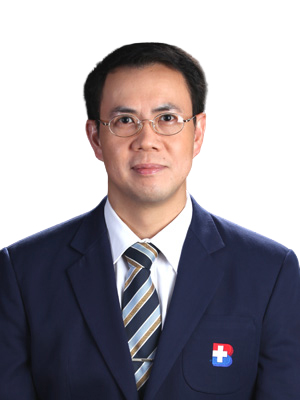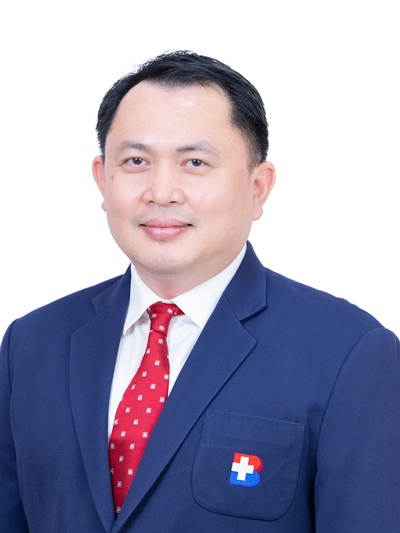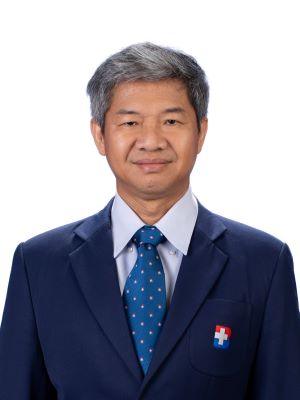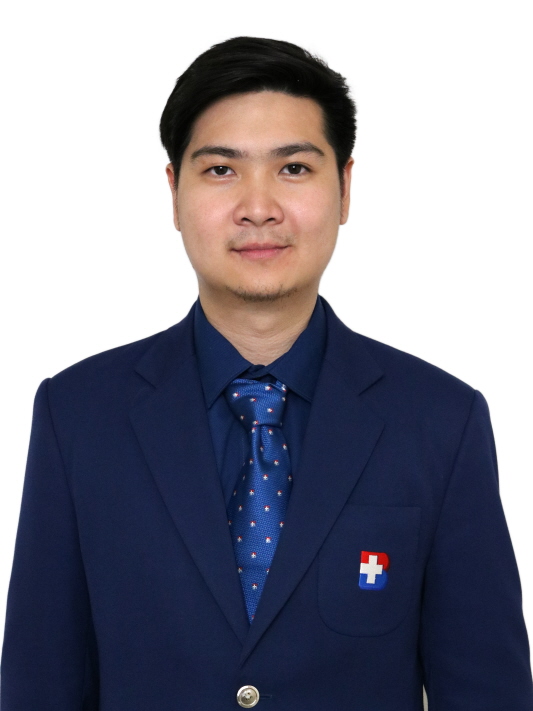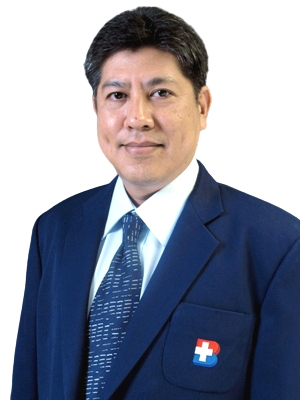Athletes or people who play sports, as well as those who exercise frequently, might have experienced muscle injuries at some point. After exercising, symptoms such as pain, bruising, tightness, or soreness in one or more muscle groups or throughout the body may occur. The causes are often due to overexertion of the muscles or due to incorrect posture and body organization during exercise, whether it be running, weightlifting, or others.
These muscle pain symptoms can heal on their own with rest. Without rest, it may turn into chronic muscle pain called Myofascial Pain Syndrome, which arises from certain muscle fibers contracting, tensing, and not relaxing, known as Trigger Point (TrPs). There are several treatment methods for this condition, including physical therapy, deep heat such as ultrasound, stretching, and therapeutic massage.
If the symptoms do not improve, treatment with Trigger Point release using needles is an effective method, commonly known as acupuncture. However, there are two types of needle treatment:
-
Modern medicine
-
Releasing the sore point in the muscle with a dry needle, known as Dry Needling or Dry Needling (dry), treats pain from muscle contraction called Myofascial Trigger Point by using a needle to stimulate the relaxation of the Trigger Point, alleviating the pain.
-
Releasing the sore point in the muscle with an anesthetic injection, known as Trigger Point Injection with Lidocaine, involves injecting an anesthetic into the Trigger Point and using a needle to stimulate the relaxation of the Trigger Point, relieving the pain.
-
-
Chinese medicine acupuncture
Acupuncture aims to restore the body’s balance according to Chinese medical diagnosis, sticking needles at acupuncture points along the meridians to stimulate the flow of Qi, letting the body heal itself.
Treating chronic muscle pain, Myofascial Pain Syndrome, with needles combines both acupuncture methods by a rehabilitation physician, providing treatment together with sending for physical therapy, and exercise for continued healing yielding effective results.
Preparing for acupuncture treatment
-
Always eat normally before coming for acupuncture to avoid the risk of fainting due to an empty stomach.
-
Get sufficient rest and avoid being tired.
-
Wear comfortable, loose-fitting clothes.
-
During acupuncture, if any unusual symptoms occur, such as increased pain or feeling faint, immediately inform the doctor.
Side effects that may occur from acupuncture
-
Fainting, which can be caused by excitement, fear of needles, bodily fatigue, empty stomach, or excessive needle stimulation.
-
Needle retention, bending, or breaking, which can occur from moving during needle insertion. Thus, patients should try to stay as still as possible.
-
Bleeding, which can happen if a needle punctures a blood vessel under the skin or in the muscle, though doctors try to avoid this, press immediately when withdrawing the needle to stop the bleeding.
-
Pneumothorax, a serious complication that doctors must be careful not to cause by not inserting needles into areas that could puncture the lungs, and patients must remain still during acupuncture.



